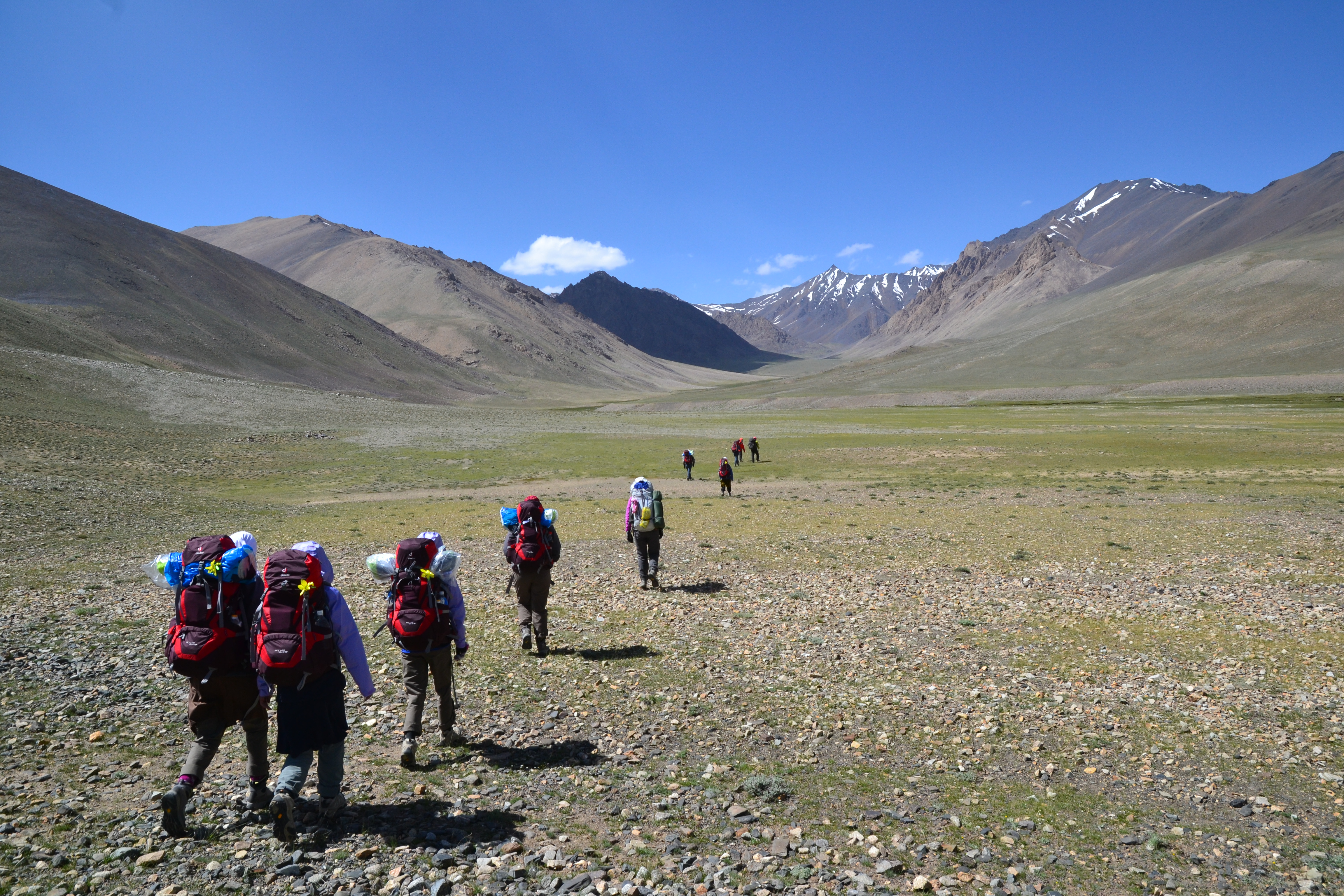After several years of adventures, WRIP is stopping its activity.
We thank you for your support and interest over the last years.
Après de nombreuses années de riches expériences, WRIP doit fermer ses portes.
Merci pour votre soutien et votre intérêt au fil des ans.

